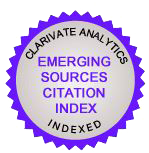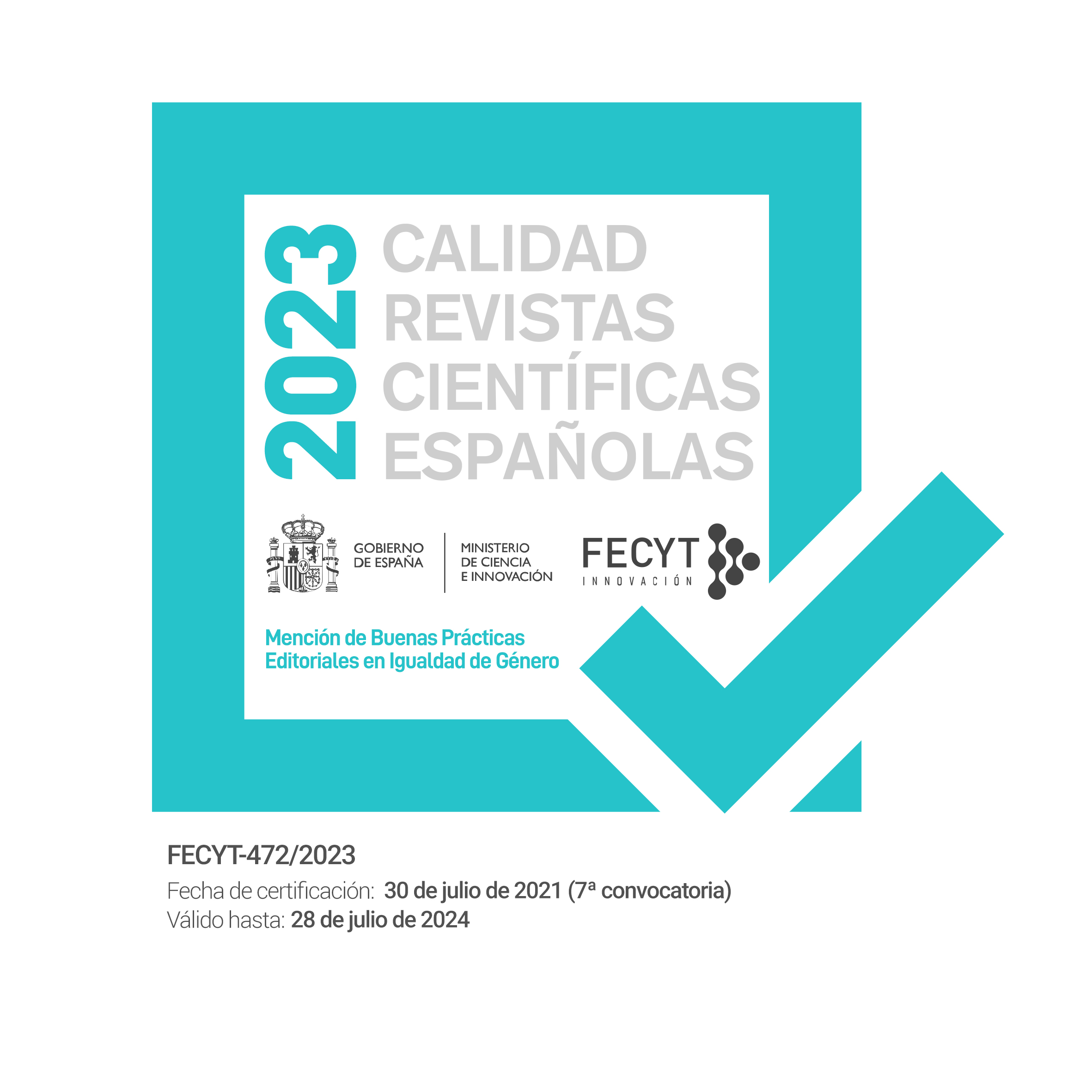El paisaje cultural de la Alhambra: valores y riesgos de la interacción entre el hombre y el patrimonio
Palabras clave:
Paisaje cultural, Valores y riesgos del patrimonio, Gestión integral y sostenible, Uso responsable, Compromiso por la preservación, Patronato de la AlhambraResumen
La Alhambra es un ejemplo de ciudad palatina emplazada en un lugar elevado, cuyo establecimiento le otorga un carácter dominante y de control del territorio. Su convivencia con la ciudad de Granada, y a la vez su distanciamiento de la misma, condiciona las relaciones entre ambas, de tal manera que la lectura intencionada de los vínculos entre la Alhambra y Granada permiten identificar sus claves paisajísticas y los fundamentos de su condición territorial.
La realidad histórica y contemporánea del Conjunto Monumental ha puesto de manifiesto que es preciso avanzar en la identificación sistemática de sus valores patrimoniales, materiales e inmateriales, y en la creación de una sensibilidad ciudadana e institucional hacia los atributos y las cualidades que hacen del mismo un Paisaje Cultural. De igual modo, se hace preciso reflexionar sobre los riesgos a los que éste se encuentra expuesto y definir las estrategias para su preservación. El Plan Director de la Alhambra configura un modelo de gestión integral, sostenible y socialmente participada, que busca atenuar los efectos de la naturaleza sobre el Monumento y resolver adecuadamente la relación entre el Hombre y el Patrimonio. Y ello desde concepciones avanzadas que tienen en cuenta la estrecha dependencia que existe entre el Monumento, la ciudad de Granada y el espacio natural circundante.
Descargas
Citas
AAVV. (1996). Simposium de la Alhambra y el Generalife: Estudios técnicos sobre la interacción suelo – estructura: bases para la conservación y rehabilitación. Centro de estudios y experimentación de Obras Públicas (CEDEX). Granada: Centro internacional para la Conservación del Patrimonio y Universidad de Granada.
BERMÚDEZ LÓPEZ, J. (1987). La Alhambra y el Generalife. Madrid: En su mano.
BERMÚDEZ LÓPEZ, J.; GALERA ANDREU, P. (1988) Guía oficial de la Alhambra y el Generalife. Granada: Comares S.L.
BORRÁS GONZALO, M. (1989). La Alhambra y el Generalife. Madrid: Anaya.
CHAMORRO MARTÍNEZ, V.E. (2002). La Alhambra: el Lugar y el Visitante. Granada y Jaén: Tinta Blanca Editor.
CHAMORRO MARTÍNEZ, V.E. “Creación de la Junta Central de las aguas del rio Darro: primer paso en el proceso de patrimonialización del Paisaje de la Alhambra”. Cuadernos de la Alhambra, 43 (2008), pp. 119-152.
FERNÁNDEZ SALINAS, V.; et alii (2010). “Paisajes y patrimonio cultural en Andalucía”. En Tiempo, usos e imágenes 2 vol. Sevilla: Consejería de Cultura, Instituto Andaluz de Patrimonio Histórico.
GÓMEZ- MORENO GONZÁLEZ, M. (1982). Guía de Granada. Granada: Universidad de Granada y el Instituto Gómez- Moreno, edición facsímil del original de 1892.
Instituto Andaluz del Patrimonio Histórico (2004). Guía del paisaje cultural de la Ensenada de Bolonia, Cádiz. Sevilla: Consejería de Cultura, Instituto Andaluz de Patrimonio Histórico.
MALPICA CUELLO, A. (2002). La Alhambra de Granada, un estudio arqueológico. Granada: Universidad de Granada.
MEDERUELO, J. (2005). El paisaje. Génesis de un concepto. Madrid: Abada editores.
MUÑOZ COSME, A. “Cuatro siglos de intervenciones en la Alhambra de Granada”. En Cuadernos de la Alhambra, 27 (1991), pp. 151-190.
SALMERÓN ESCOBAR, P. (2007). La Alhambra. Estructura y Paisaje. Granada y Jaén: Tinta Blanca Editor.
TORRES LÓPEZ. M. J. (1995). Estudio de los materiales de construcción en la Alhambra. Sevilla: Universidad de Granada. Instituto Andaluz del Patrimonio Histórico y Consejería de Cultura, Junta de Andalucía.
TROITIÑO VINUESA. M.A.; TROITIÑO TORRALBA, L. “Patrimonio y turismo: una complementariedad necesaria en un contexto de uso responsable del patrimonio y cualificación de la visita”. En Revista. Patrimonio Cultural de España, 3 (2010) (en prensa).
VALLADAR. F. de P. Guía de Granada. (2000). Granada: Universidad de Granada. Edición facsímil del original de 1907.

Descargas
Publicado
Cómo citar
Número
Sección
Licencia
Las/os autoras/es conservan los derechos de autoría y otorgan a la revista el derecho de primera publicación (reproducción, edición, distribución, comunicación pública y exhibición).
Más infomación en Sobre la revista > Aviso de derechos de autor/a










